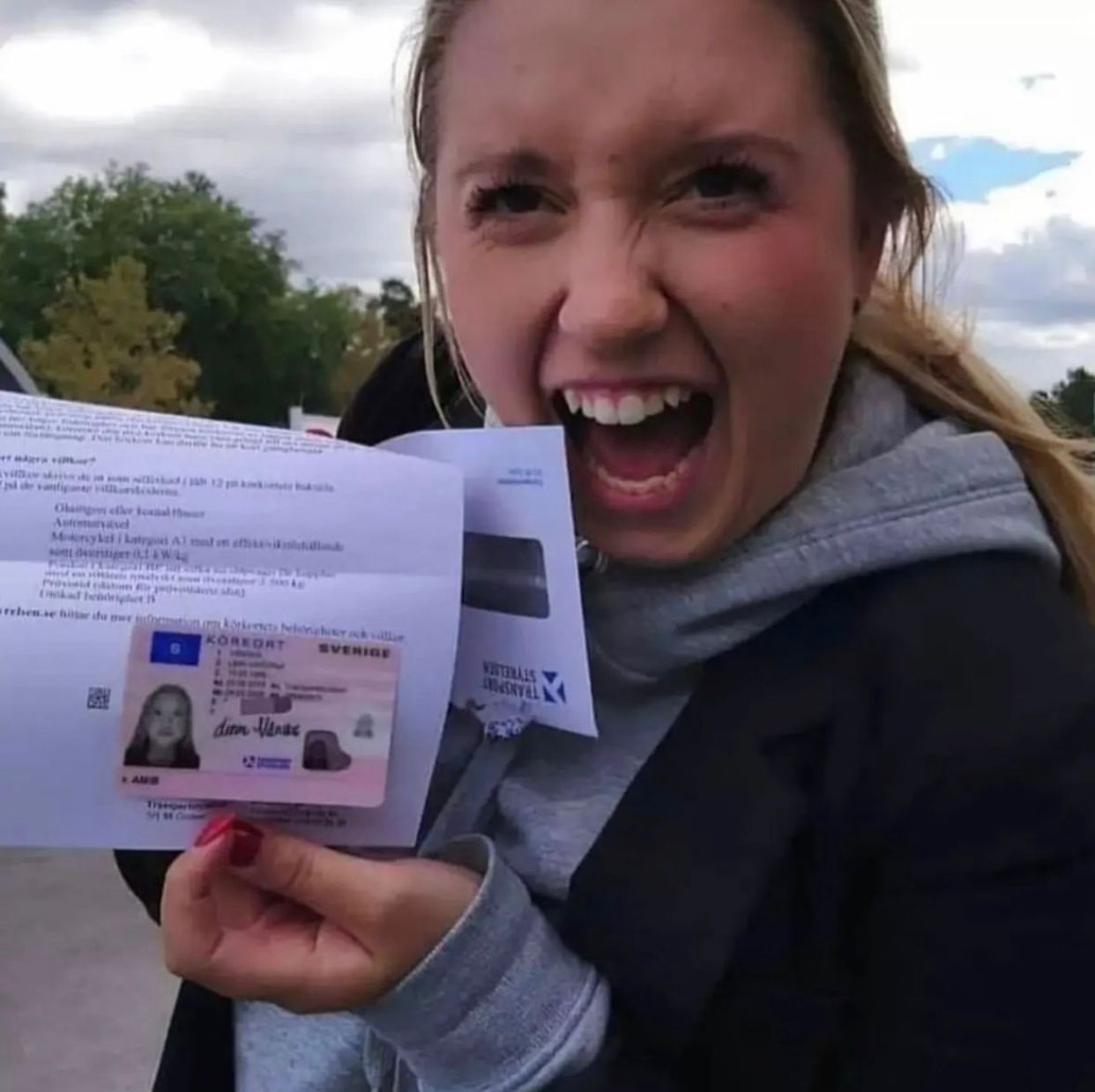Navigating the New Landscape of Driving License ID Handling in 2025
In every society, the driving license acts as an important document, not simply as an evidence of the capability to operate a vehicle however likewise as an identification tool. As we enter 2025, significant changes have actually emerged regarding the handling and management of driving licenses, mainly influenced by advances in technology, developing guidelines, and the need for enhanced security measures. This short article aims to deliver a comprehensive overview of driving license ID managing in 2025, illuminating the innovations involved, the upcoming legal changes, and supplying answers to typical questions.
The Transition to Digital Driving Licenses
Among the most significant transformations in driving license ID handling is the widespread adoption of digital driving licenses. These digital licenses are saved digitally on smartphones, offering multiple benefits to both drivers and authorities. In the United States, for instance, many states have actually begun executing digital motorist's licenses, while nations such as Canada and the UK are expected to follow suit soon.
Key Benefits of Digital Driving Licenses
- Convenience: Easily available on mobile gadgets, getting rid of the need to carry physical copies.
- Boosted Security: Incorporating biometric features and encryption assists to combat identity theft and fraud.
- Real-time Updates: Immediate updates to personal information, such as modifications in address or status, boost accuracy.
Difficulties and Concerns
Despite the benefits, the transition to digital licenses provides difficulties, including issues about privacy, cybersecurity threats, and the digital divide affecting those without access to smartphones or the internet.
Modifications in Regulatory Framework
As we head into 2025, numerous guidelines surrounding driving licenses have actually come under scrutiny and change. Governments and regulative bodies are concentrating on ensuring that driving licenses are secure, legitimate, and provided in compliance with recognized laws.
Secret Legislative Trends
- Standardized ID Formats: Countries are moving towards a standardized format for driving licenses to enhance validation and enhance security.
- Increased Verification Procedures: Authorities are now employing advanced methods such as facial acknowledgment and AI to enhance confirmation procedures at checkpoints.
- Concentrate on Sustainability: With growing environmental issues, numerous states are choosing environmentally friendly materials for physical licenses and checking out robust digital alternatives.
- Age and Identity Verification: Enhanced procedures are being put in place to accurately verify the age and identity of chauffeurs, specifically in contexts where age-related laws apply to driving.
The Global Perspective: State-By-State Comparison
| Nation | Digital License Implementation | Current Regulations | Notable Features |
|---|---|---|---|
| United States | Numerous states in development | Differs by state, efforts to unify formats | QR codes for simple validation |
| Canada | In pilot phases | Standardized recognition across provinces | Integration with health IDs |
| United Kingdom | Early adoption stage | Emphasis on online renewal and details updates | Digital verification by means of the app |
| Australia | Under consideration | Progressively stringent identification protocols | Focus on fraud avoidance |
The Role of Technology in ID Handling
Technology is transforming how driving licenses are managed. AI, blockchain, and biometrics are becoming essential to driving license issuance and confirmation.
Innovations Shaping the Future
- Artificial Intelligence: AI algorithms are now used for acknowledging patterns in driving habits, which can inform insurance coverage premiums and legal ramifications.
- Blockchain Technology: Ensuring the integrity and authenticity of driving license data, blockchain technology permits safe and secure sharing of details between authorities without fear of tampering.
- Biometrics: Increasingly, biometric systems are executed at the point of issuance and verification, such as facial recognition and finger print scanners, to guarantee protected identity confirmation.
Potential Impacts of Emerging Technologies
The implementation of these technologies can cause enhanced reliability and security of driving IDs, but it raises questions about data privacy and user permission.
Often Asked Questions (FAQs)
1. What should I do if my digital driving license is lost or stolen?
You must instantly report the loss or theft to your local automobile company. The majority of digital licenses have integrated features to disable gain access to from another location.
2. Are digital driving licenses accepted all over?
As of 2025, approval of digital licenses varies by region. It's advised to carry both digital and physical copies when taking a trip throughout state or national borders.
3. Can I upgrade my information on a digital driving license?
Yes, updates can frequently be made through the associated mobile application or site of the providing authority.
4. What are Sverige Express Kort for digital licenses?
Digital licenses normally incorporate features such as file encryption, two-factor authentication, and biometric verification to enhance security.
5. How will standard driving licenses be affected?
The move towards digital licenses may minimize the issuance of physical licenses, however they will still be readily available for those not able to gain access to digital alternatives.
As we advance into a brand-new period in 2025, the handling of driving licenses is optimizing to satisfy the demands of modern-day society. Through technological improvements and regulative reforms, people can expect a more safe and secure, efficient, and structured procedure for acquiring and managing their driving licenses. Nevertheless, as digital options proliferate, it stays essential to address difficulties relating to personal privacy, security, and availability, making sure fair road access for all drivers while securing personal details. As governments around the world continue to adapt to these changes, the future of driving license ID handling is set to be both dynamic and transformative.

